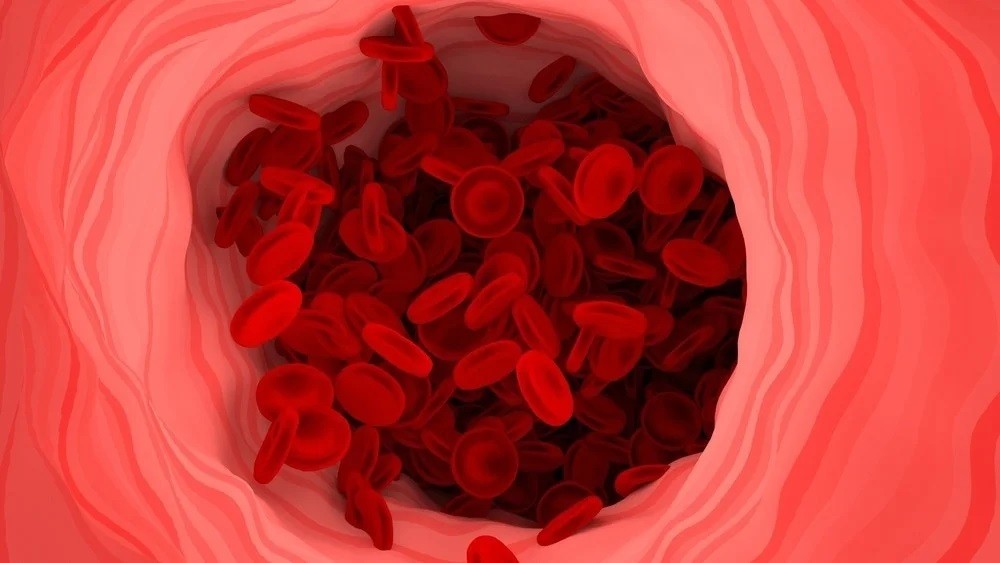11/10/2023
11/10/2023

NEW YORK. Oct 11, (Agencies): In a recent study published in JAMA Network Open, Canadian researchers explored the risk of venous thromboembolism in patients recovering from COVID-19 with immune-mediated inflammatory diseases (IMIDs) compared to those without IMIDs. IMIDs encompass various chronic conditions arising from immune system abnormalities, affecting 5% to 7% of the Western world's population. People with IMIDs are known to have a higher risk of venous thromboembolisms compared to those without these conditions, and certain IMIDs like rheumatoid arthritis and multiple sclerosis increase this risk.
The inflammation in IMID patients can lead to platelet abnormalities, endothelial dysfunction, and coagulation factor issues, potentially contributing to venous thromboembolism. Recent evidence has linked the widespread inflammation and endothelial dysfunction in COVID-19 patients to an elevated risk of venous thromboembolisms and multiorgan failure among those who've recovered from moderate to severe SARS-CoV-2 infections. However, it remained unclear whether COVID-19 compounds the risk of venous thromboembolism in patients with IMIDs.
To address this question, the researchers analyzed health administration data from Ontario, Canada, comparing the risk and incidence rates of venous thromboembolisms among individuals with IMIDs who had recovered from COVID-19 to those without IMIDs. The data included interactions with the healthcare system, such as emergency department visits, hospitalizations, outpatient surgeries, and physician billings, and was linked to demographic information, COVID-19 testing, and vaccination status.
In their retrospective cohort analysis, individuals with IMIDs who had tested positive for COVID-19 were matched with up to five individuals without IMIDs who had also tested positive. Factors like age, sex, residential area, and income level were considered in the matching process, with individuals diagnosed with malignant neoplasms within five years of their positive COVID-19 test excluded.
Venous thromboembolism events were identified using hospitalization and emergency department visit data, with primary and secondary outcomes focusing on various aspects of these events. The analysis adjusted for comorbidities, vaccination status, and sociodemographic factors.
The study's findings indicated that individuals with IMIDs did not exhibit a significantly higher risk of venous thromboembolisms after recovering from SARS-CoV-2 infections compared to those without IMIDs. However, when comorbidities weren't considered, the analysis suggested a greater risk for IMID patients, and similar trends were observed for deep vein thrombosis and pulmonary embolisms when analyzed separately.
Comorbidities were identified as potential confounding factors affecting the association between IMIDs and venous thromboembolism events following SARS-CoV-2 infections. These results underscore the importance of physicians considering individual risk factors and comorbidities when prescribing venous thromboembolism prophylactics for IMID patients recovering from COVID-19.
In summary, the study findings suggest that patients with IMIDs do not face a higher risk of venous thromboembolism events following SARS-CoV-2 infections compared to those without IMIDs. However, the presence of certain comorbidities can complicate this association, emphasizing the need for individualized care when treating IMID patients with COVID-19 complications.


